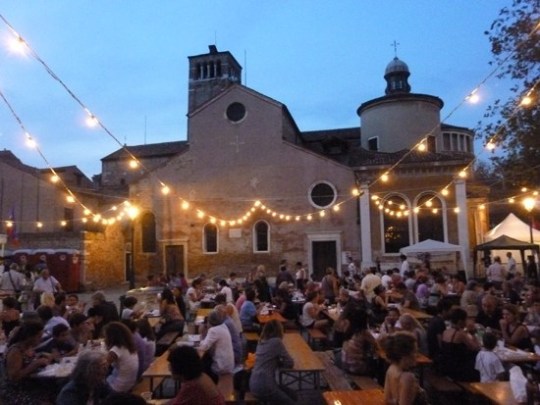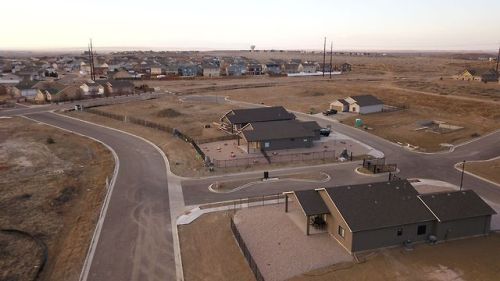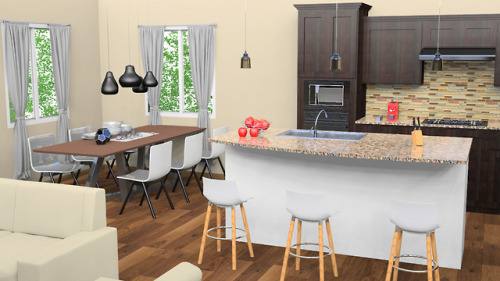#gatedcommunity
It’s amazing how quickly snow melts and vanishes here in Pueblo, Colorado. These are aerials taken one day apart back in late February. Both of these shots were taken on my DJI Mavic Pro.
2/21/2018
Post link
Rendering of Eagleridge Home’s Florentine model: Kitchen + Dining. I chose warm, traditional and earthy tones for the tile backsplash, granite countertops, and walls. The floor is similar to a Brunswick Maple hardwood that Eagleridge has used on a few homes. I might replace the pendant lamps over the kitchen table with something more traditional.
Post link

When you think of the word ‘Home’ the brain takes two paths according where you are from and how the architectural environment around shaped your upbringing. There are important difference on how we define Home and what it represents for many.
Having living in Canada and exploring the meaning of urban life in the continent including the US, I understood the social blueprints that crates a familiar environment worth of being called Home. However, there are differences that have to be analyzed so we can better understand the built environment.
Ask an immigrant from Europe or Middle-East what home means and then do the same with someone born in North America. It will be surprising to see how the former defines Home the village they came from, while the latter will answer pointing out their home property.
Why this?- Home is not just the physical structure you spend most of your life in, it’s the domain you grew up and experienced many of the important episodes that allowed you to mature, it’s the beyond of the four walls with surrounding and those living around. And here is where we can highlight how the urban design comes to play.

Town fairs have been the best method of bonding for people with their neighbors.
Those born in the Old Continent can recall how their upbringing did not just involved their home property, but everything that crafted and contributed individual to network their life with their nearby environment. Neighbors, the local park, the bakery around the corner, the short walk to school, the fast bike rides across streets, and so on.
All of that represents an intense web of experiences fundamental to master their own territory and limitations. Also, the organic urban design layout made it possible for people to easily remember where locations are and what best path to take. Home for many is their village and their community with familiar places and friendly faces.
On the other side we have a North American architecture of regions where its people call home their very own property, especially suburban families that make up the majority of households. Millions of citizens are dependent upon technology in order to exit their realm. Whether in the form of cars to reach the supermarket or other people, or via electronic gadgets to seek the opinion of others.
Low-residential homes in the shape of tract housing are and feel artificial, they bare no signature of their owners or their community. Roads and intersections are perfectly square made for mechanical solutions like the car. Each house on the subdivision looks just like the next one: same roof line, same garage door, same windows, same driveway, same builder.

Gated communities isolate households from being synchronized with the rest of the urban fabric.
This has been devoiding individuals of the meaning of home. Even if those living in the suburb can claim their gated community is their home, they are quick to forget they cannot leave unless they have a car and those walking around are stopped by security because they might not belong there.
In the suburbs of North America we have seen how generations became alienated from their neighbors because the architectural environment sets physical walls. This is preventing individuals to socialize among each others despite living feet apart.
Home is an experience crafted by the collection of places and social interactions. People need to physically connect so they can share tales for the bonding to happen, so each and one of them connects understanding their human habitat.



